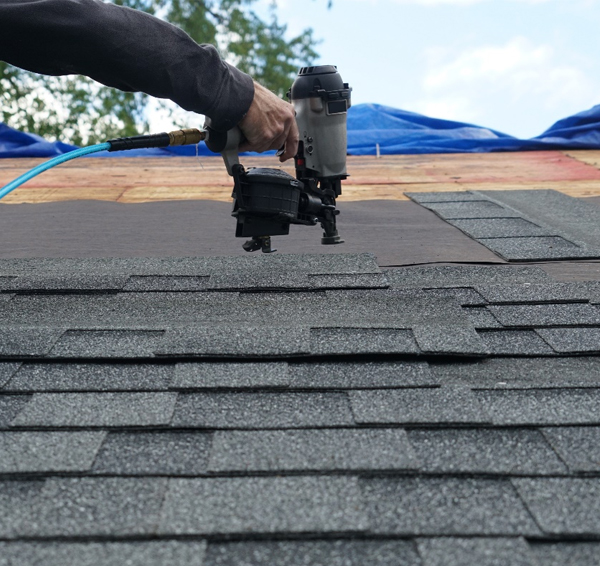Whenever winter season comes, perhaps one of the most common roof problems faced by homeowners is the ice dam. But what is an ice dam and which part of the roof does it commonly form? Ice dams are those stalactite-like formations of ice that can be seen across the eaves of your home. This happens when heat from inside the house escapes through the roof eventually melting that first layer of snow that has accumulated over time. Melted ice then flows down to the edges of the roof which slowly freezes back to ice due to colder temperatures along the eaves of the property. Over time, the ice accumulates and grows downwards.
How harmful can it be?
Although ice dams seem harmless look more like fine aesthetic additions to your property, these frozen eavesdrops can potentially damage your gutters and can also result in leaks. In places with colder climates, a continuous cycle of melting and freezing along the gutters is a common thing throughout the day. The weight of the ice dams if not taken care of immediately, can increase over time, eventually ripping off gutters.
Ice dams can also cause leaks throughout your entire roofing system. With the mass of ice slowly but surely increasing over time, water from melted snow gets trapped behind the dam and will inevitably work its way through the shingles or the outermost layer of your roof. This will result in leaks, mold formation, and infestation, and ultimately weaken the roof frame. In order to avoid having your gutters replaced and do other repairs throughout your property unexpectedly, it is best to get rid of ice dams as soon as possible.
Prevention first
Ice dam formations can be prevented and this can be done basically by raking off snow deposits on your roof with a roof rake from time to time. Apart from preventing ice dam formations, such a task also helps in relieving your roof from the strain caused by the sheer weight of snow. With the help of a professional roofer, you can also effectively install attic insulation and ventilation systems as well as seal off spots where indoor heat can potentially leak through your roof. This can help prevent your roof temperature from rising beyond 30 degrees F during winter.
Removing Ice Dams
Although this type of task may seem to be easy and simple enough for any homeowner to accomplish on his own, improper removal of ice dams has a high risk of damaging gutters and other sections of your roof. Seek professional help from an experienced and licensed roofer in safely removing ice dams without damaging your roof.

